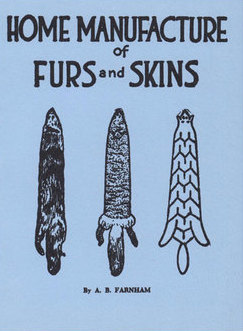This year, I have turned over leadership of the challenge to a young, enthusiastic and very intelligent guy named Ben Scott on the other side of the Atlantic. Though relatively new to the game, he is level headed, confident and truly curious. He posts more to the cordwood challenge facebook page than anyone, including me and has been hammering out axe related YouTube content, much of which shows insight from experience. A lot of that experience and insight comes from doing the cordwood challenge last year where he cut 4 ricks of wood. I think he will not only do a good job, but a much better job than I at facilitating the project, taking it forward into new territory, and being consistently focused and involved. We chatted on skype for quite a long time and have very similar visions and ideas about the cordwood challenge concept and where to potentially go in the future. Pretty early on in the challenge I think I realized the potential and the need to grow or centralize a community and information source around practical axe work. I even took out a domain name, which I’ve offered to Ben if he wants to run with the idea.
I can see clearly the need for such an internet destination that is strictly focused on practical axe work and design and specifically avoids a sort of axe fetishism centered around collecting which tends to take over axe groups and discussions. I think such a project could be run and funded by members, and could house a database of sorts. This might provide a mutually supportive community that learns at an exponential rate and that is instrumental in welcoming novice axe users to facilitate their progress and understanding of the tool and it’s safer use. Ben has also already added some other challenges that could make the project more accessible to people that don’t have access to a forest, or that are doing axe-centric building projects.
I feel like this is really the best case scenario right now. I am also very sure that I know the best place to put what energy and time I can into engaging with the axe community by providing content on axe use, safety and theory. That also has to compete with the many other subjects I want to cover, but I’m quite sure the content I have planned on axe stuff is extremely important, and will do a lot of good and will very likely remain viable into the future. As popular as axes are, my take on them as a practical user who generally buzzkills gearheadism, collecting and fetishism is not very popular, but I feel almost obligated to produce that content, especially in support of the cordwood challenge project.
Any axe head should subscribe to Ben’s YouTube channel. People just interested in the Axe CordWood Challenge in general, or who just want to be supportive of the project are welcome to join the FaceBook page, which Ben is now an administrator of along with myself.
If you want to know more about how my messed up life and health have compelled me to forego this project this year and are limiting my activity, you can watch the video below. My life is pretty messed up lately and I’m having a hard time maintaining anything resembling focus to carry through projects.
As always stay safe choppers.


























